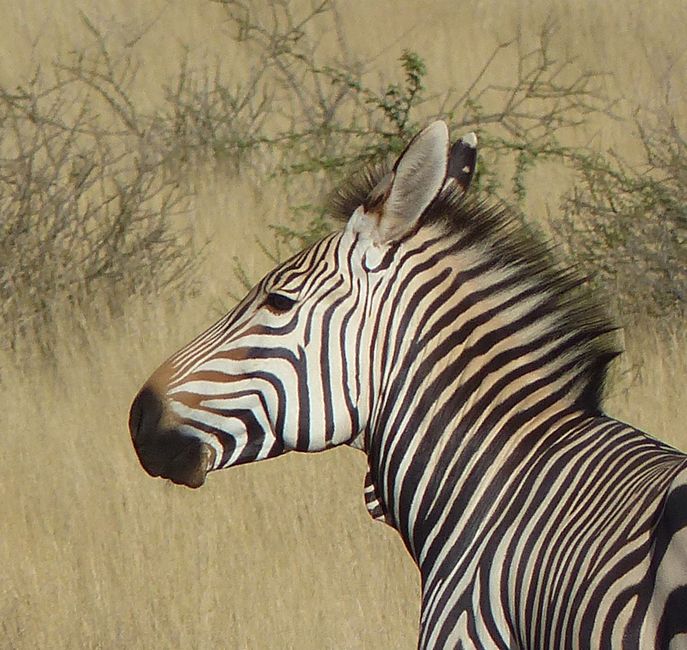Los leones no duermen
Objavljeno: 15.02.2023
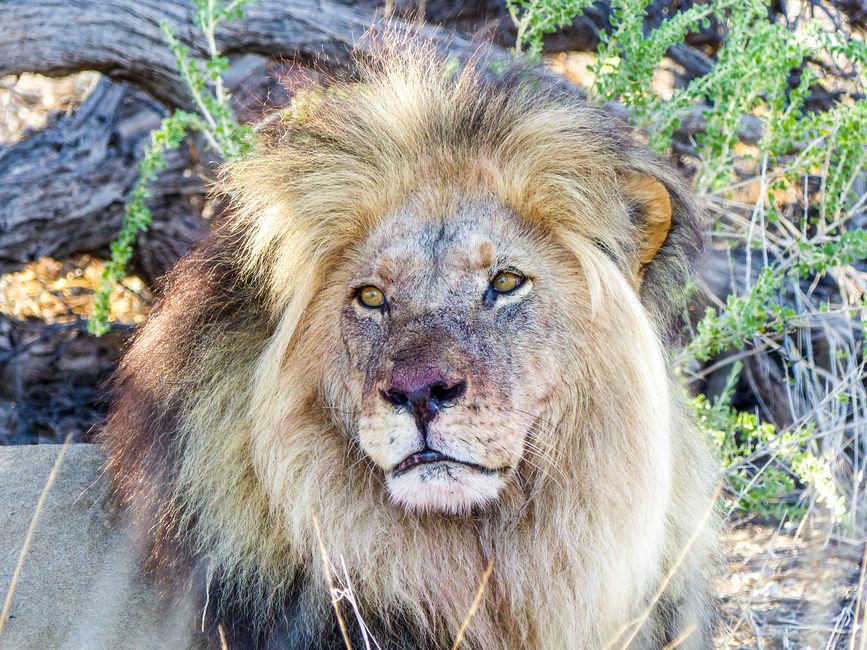
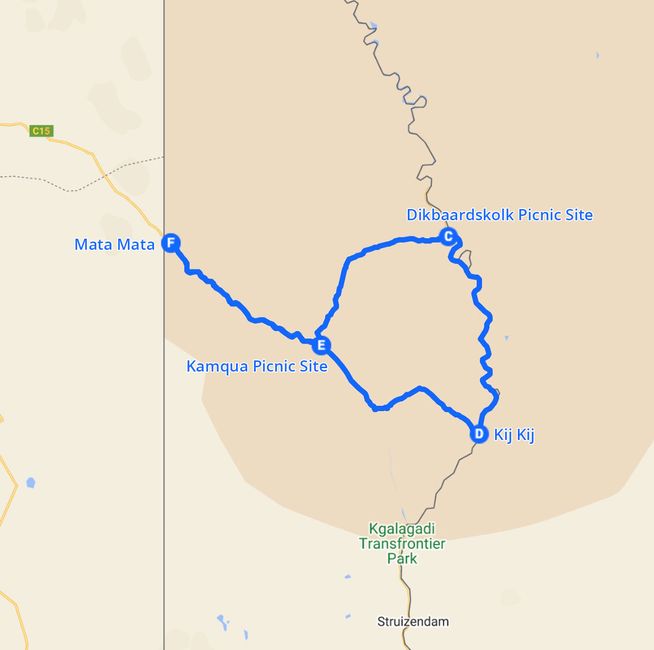
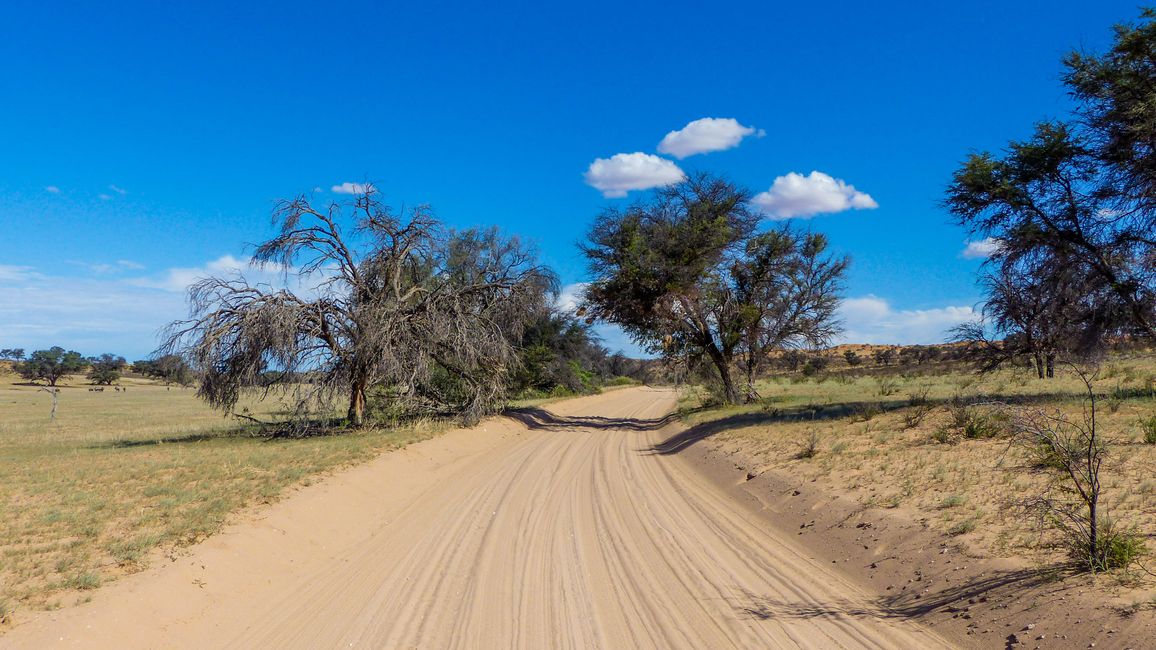
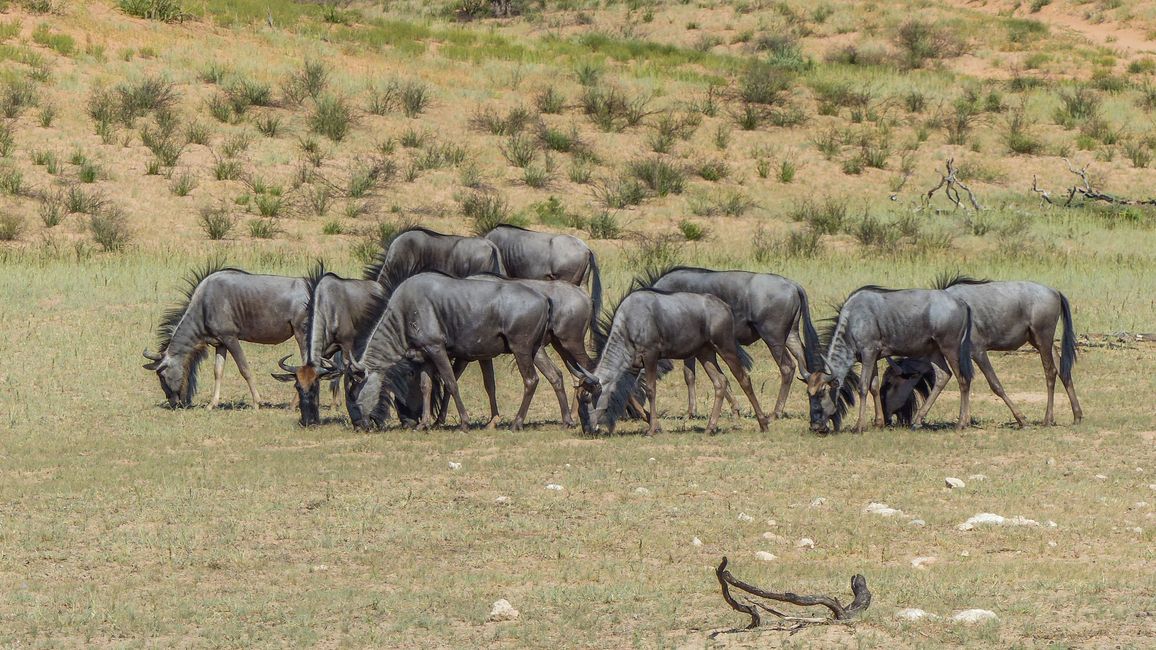
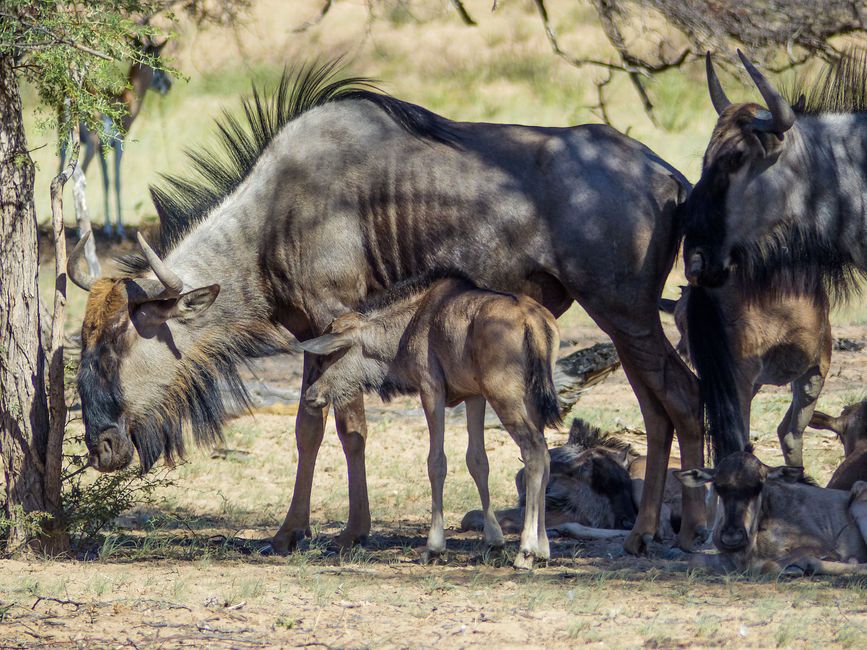
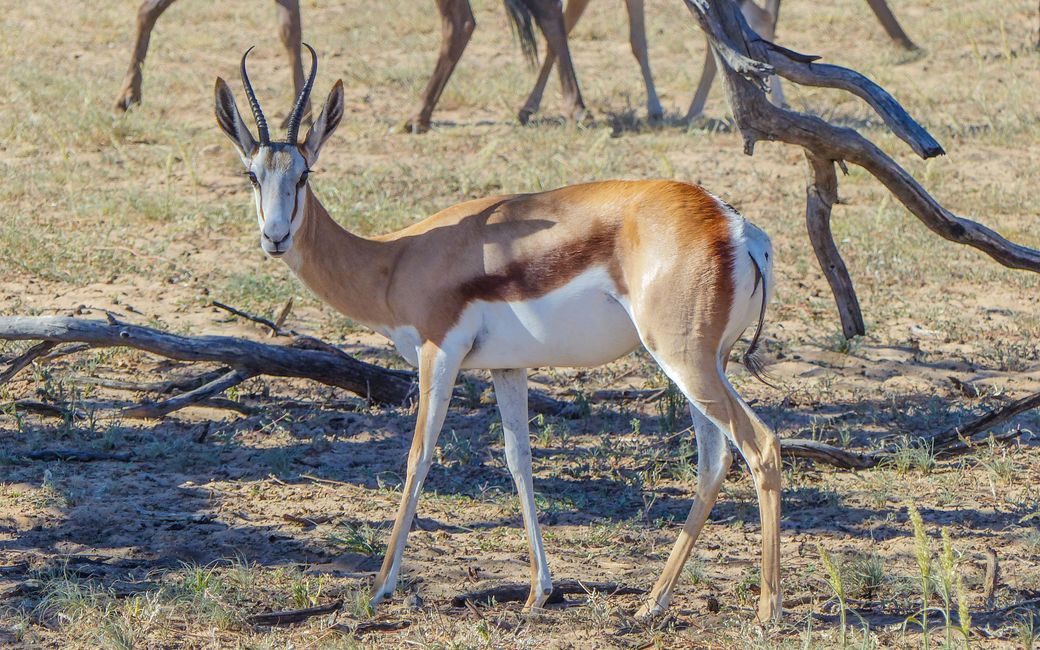
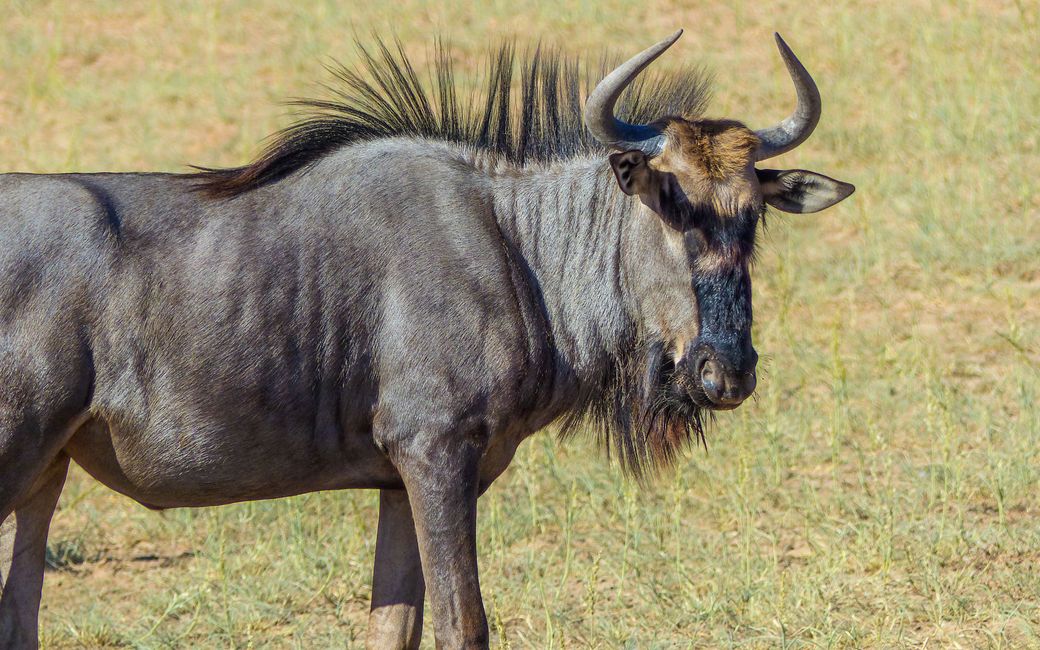
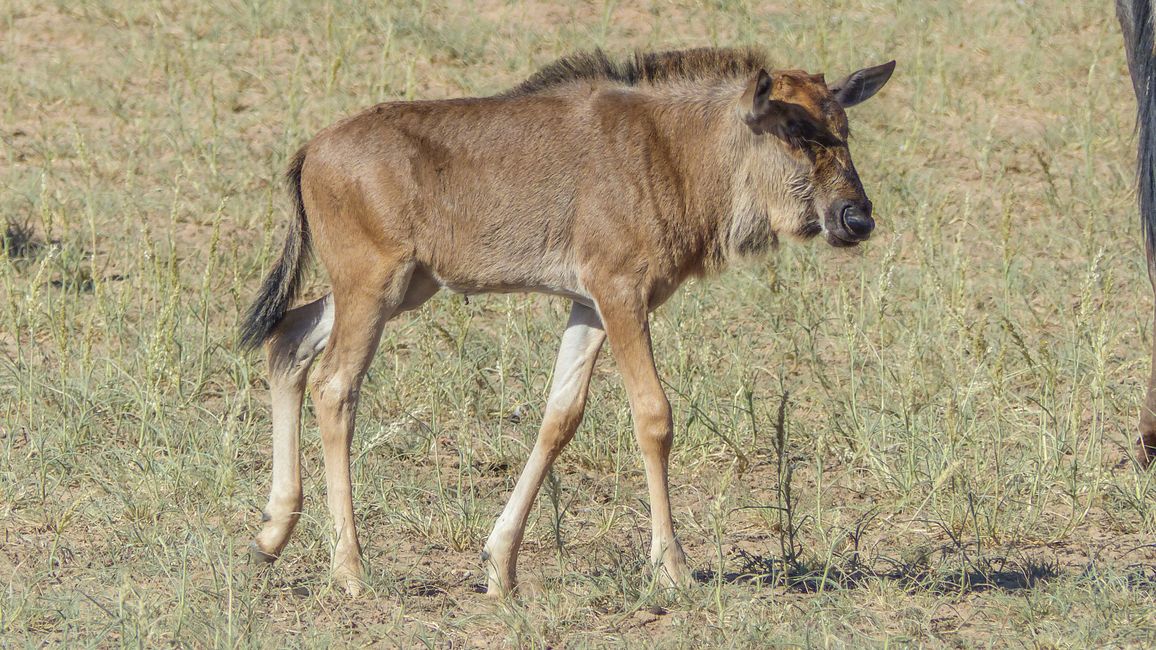
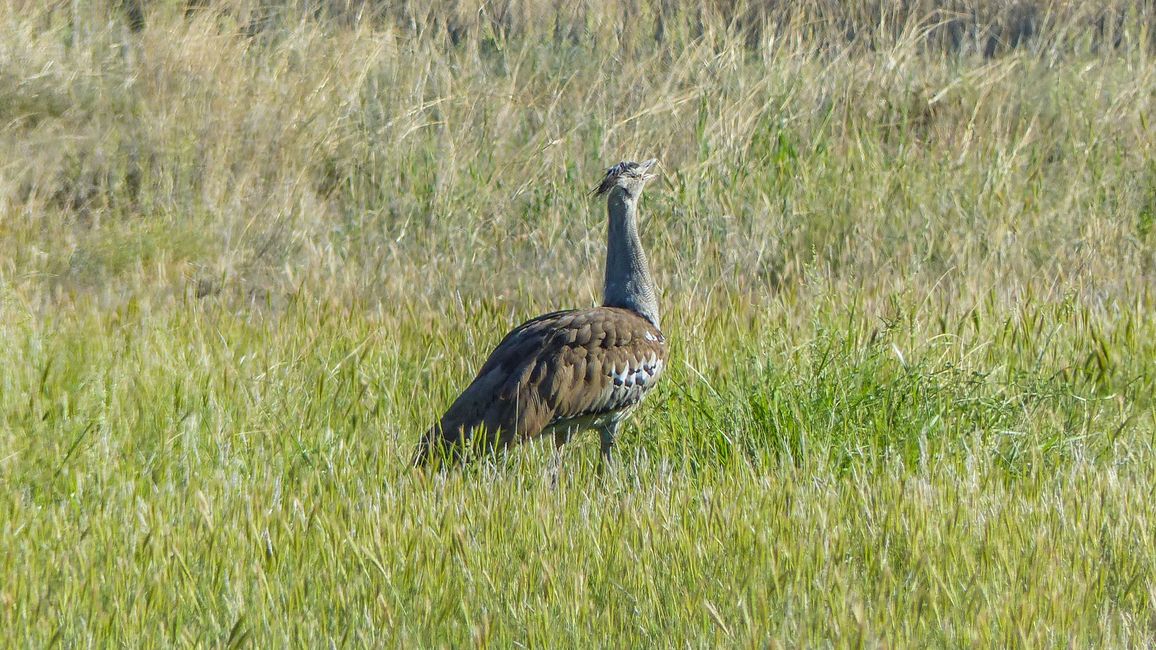
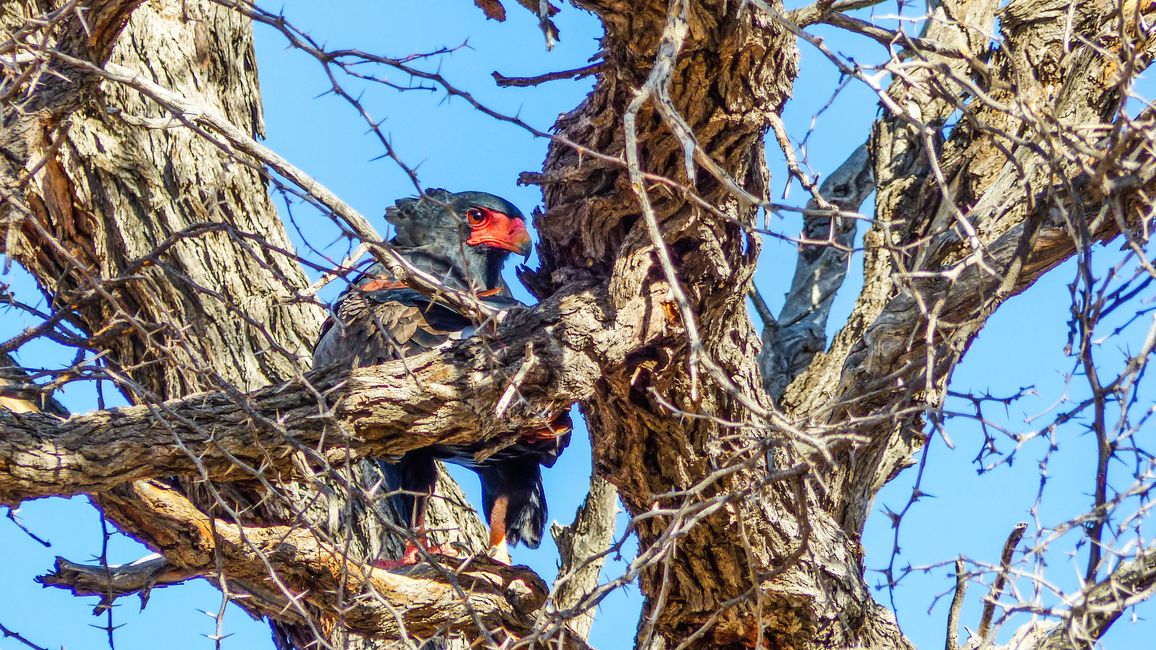
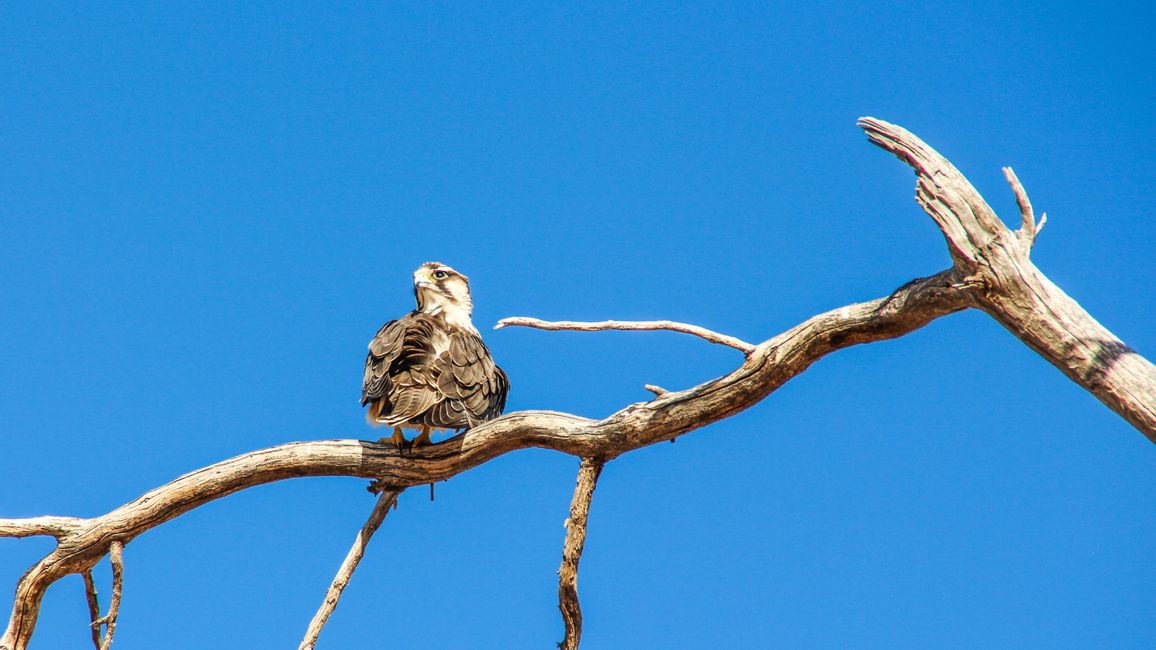
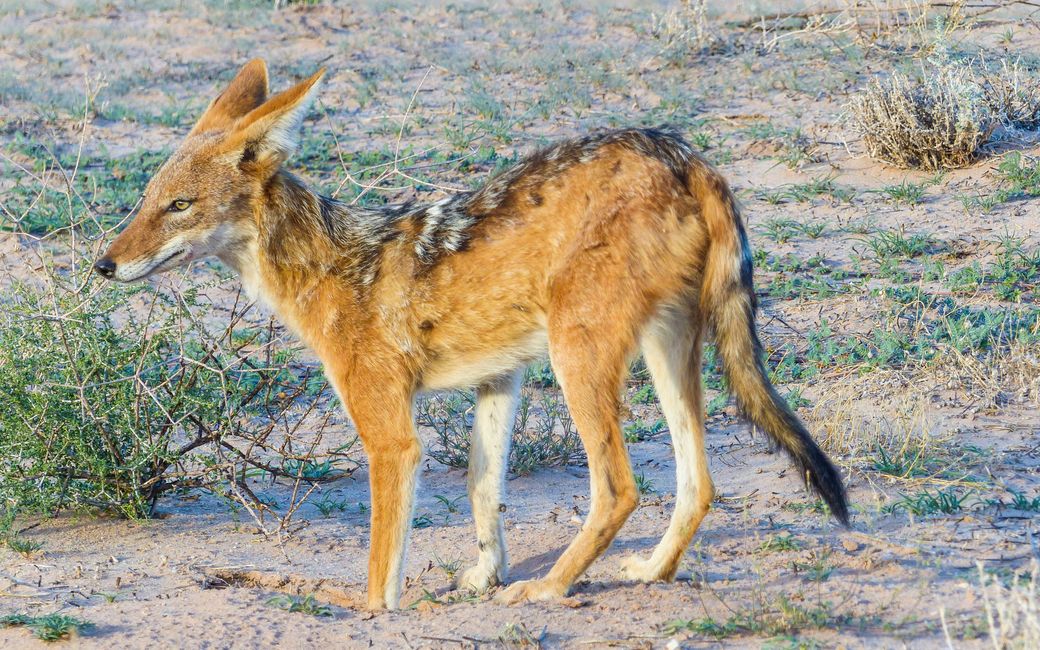
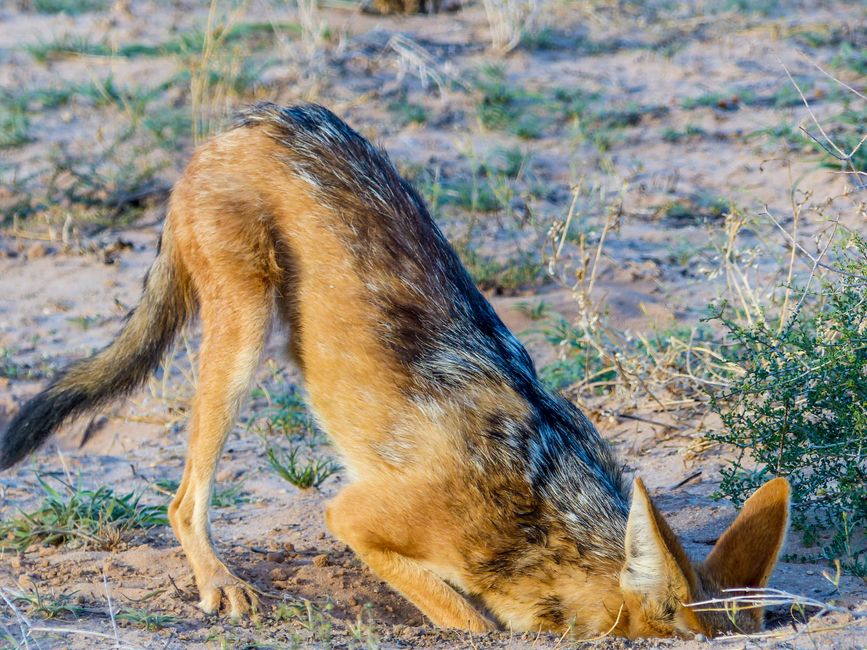
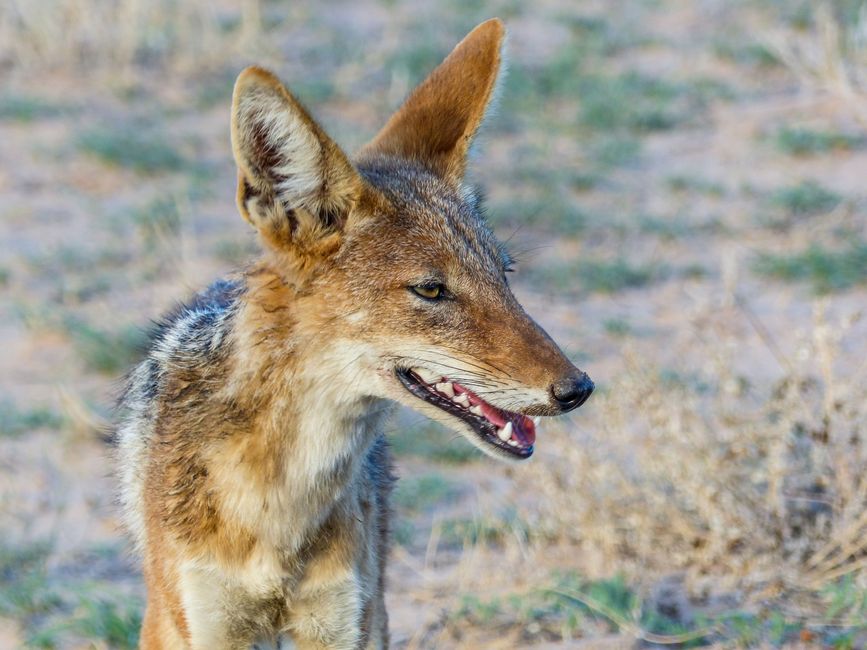
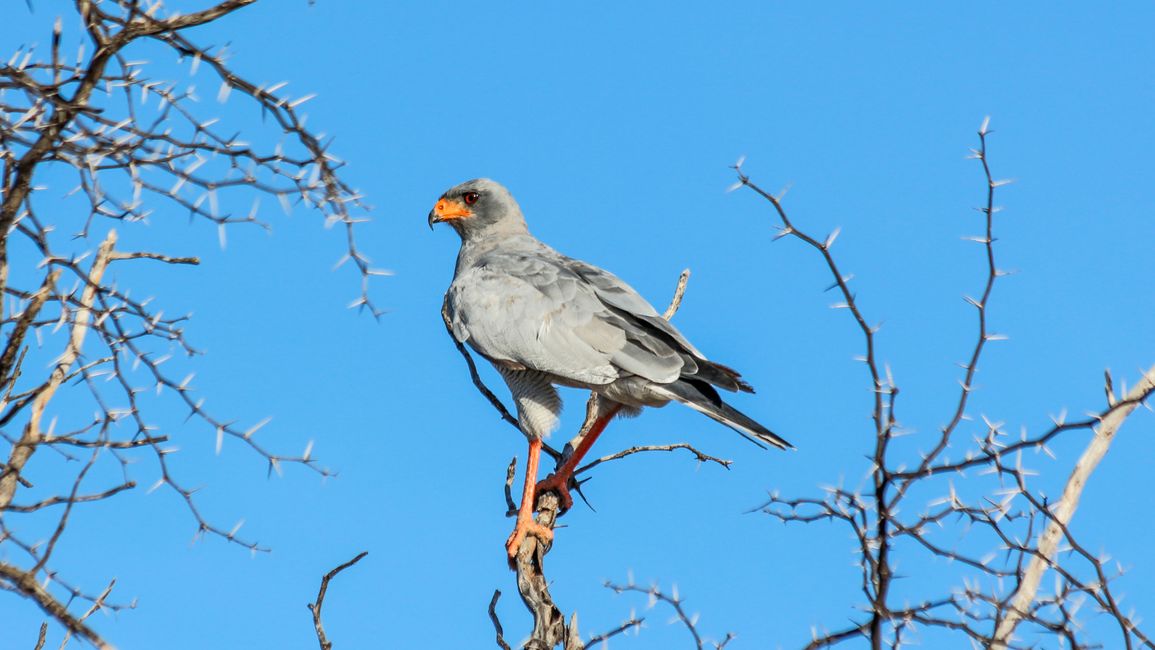
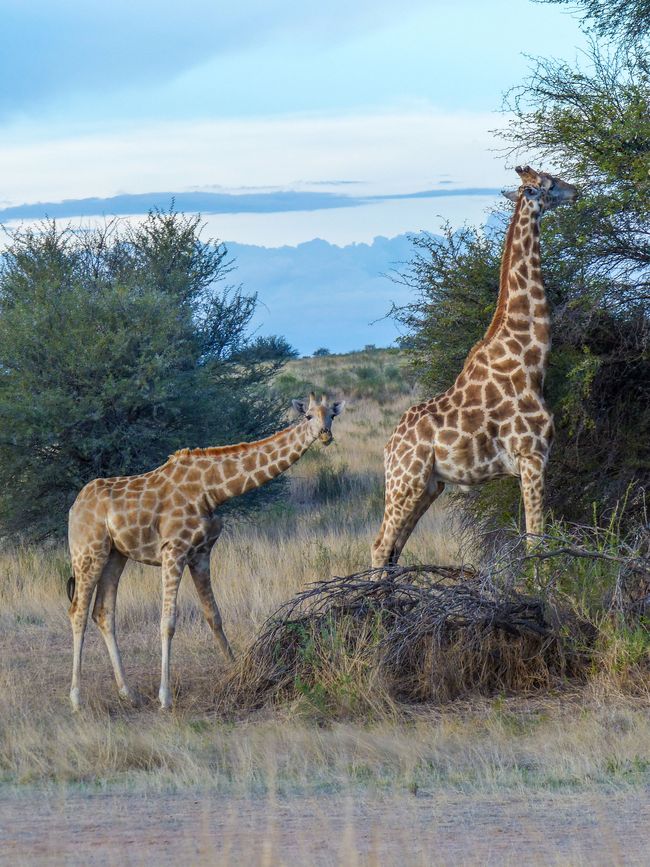
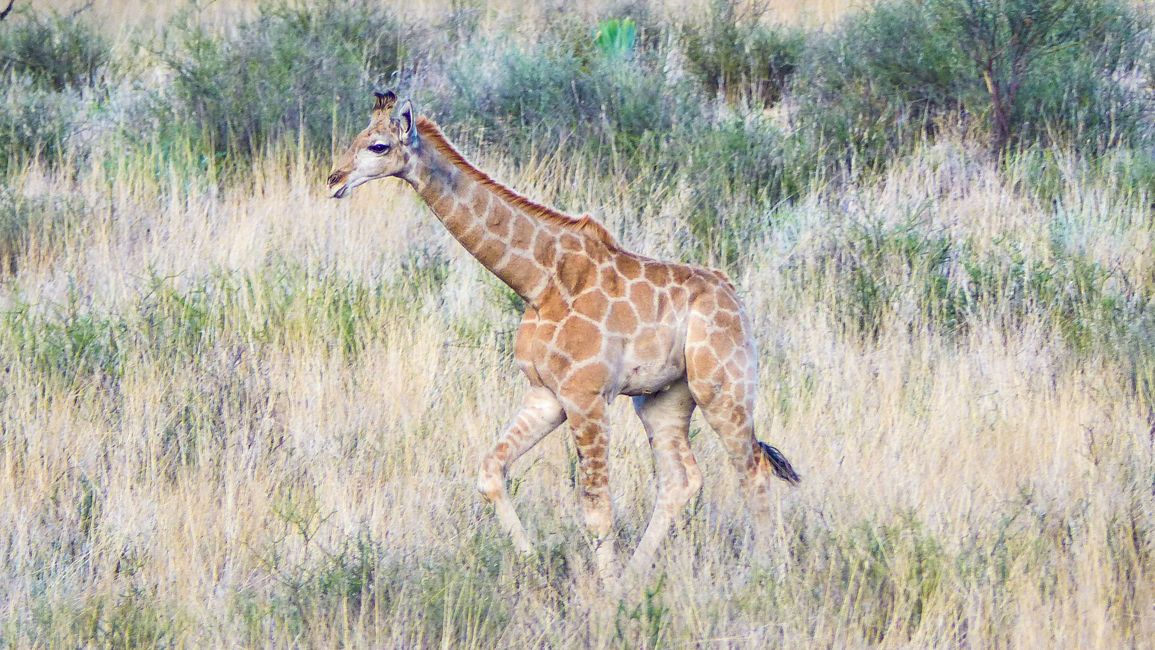
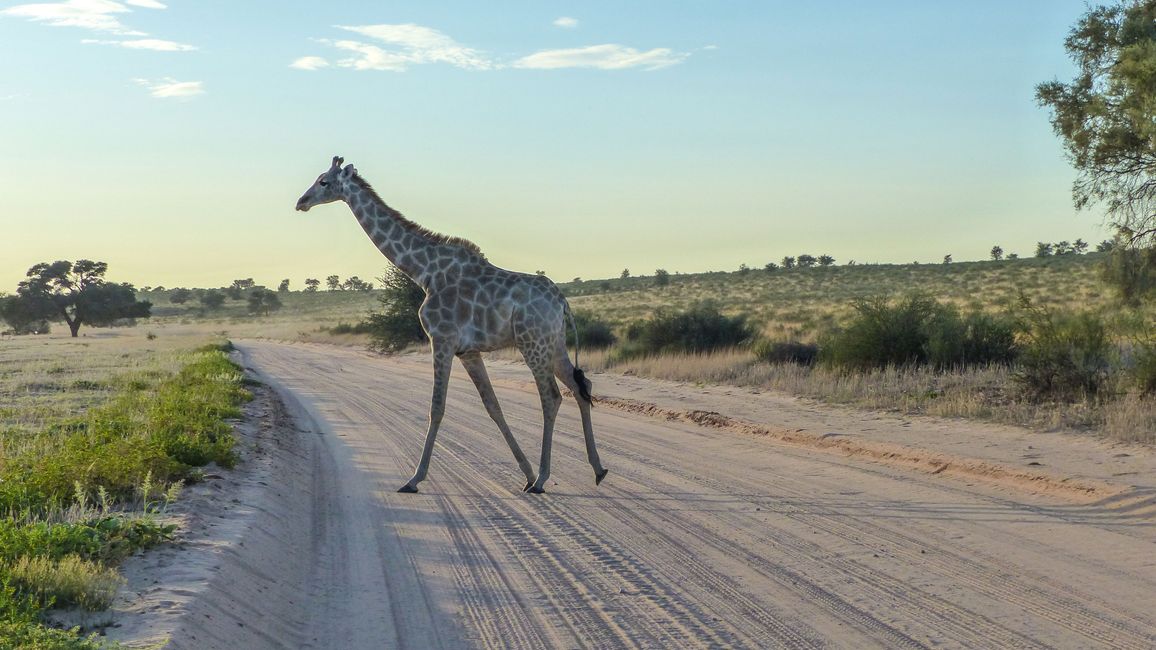
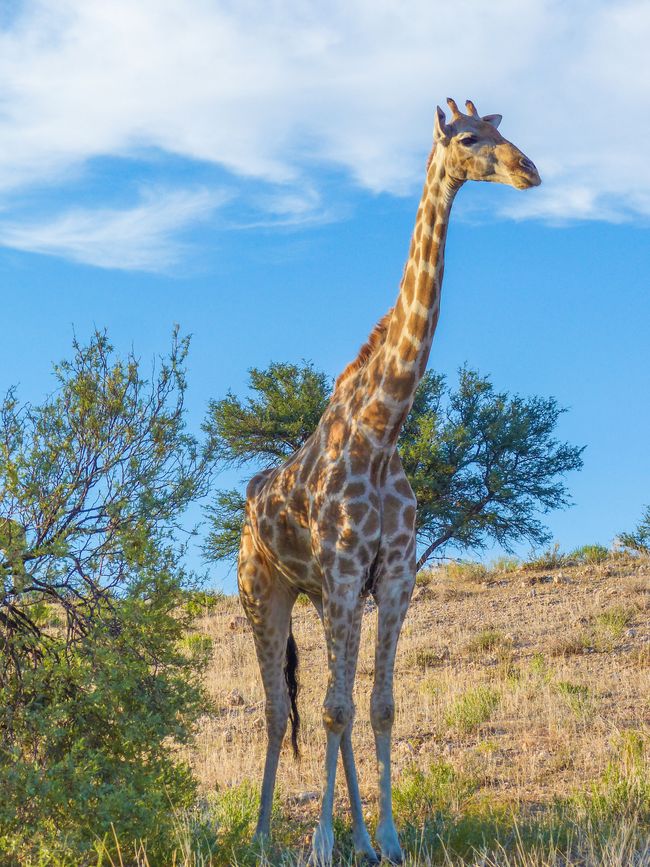
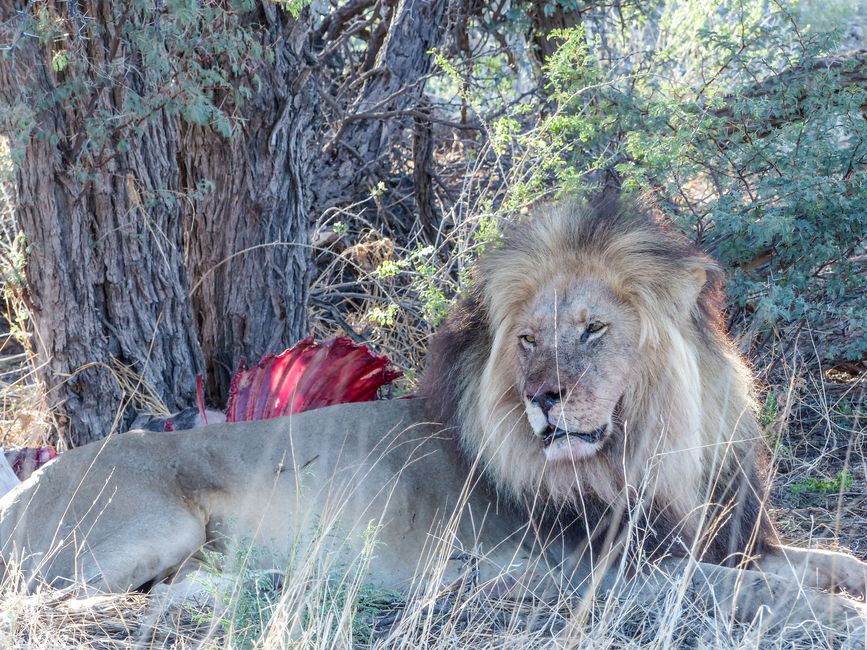
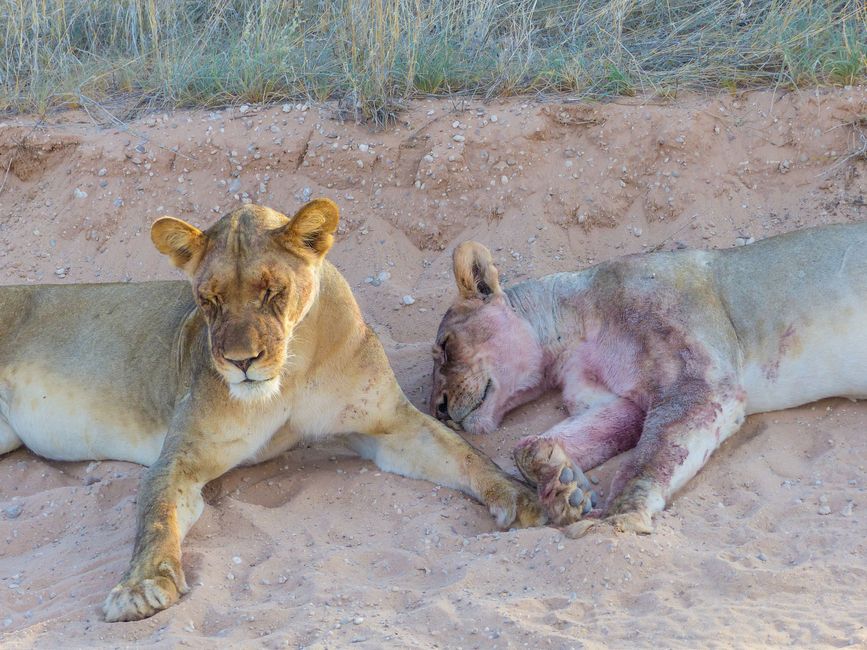
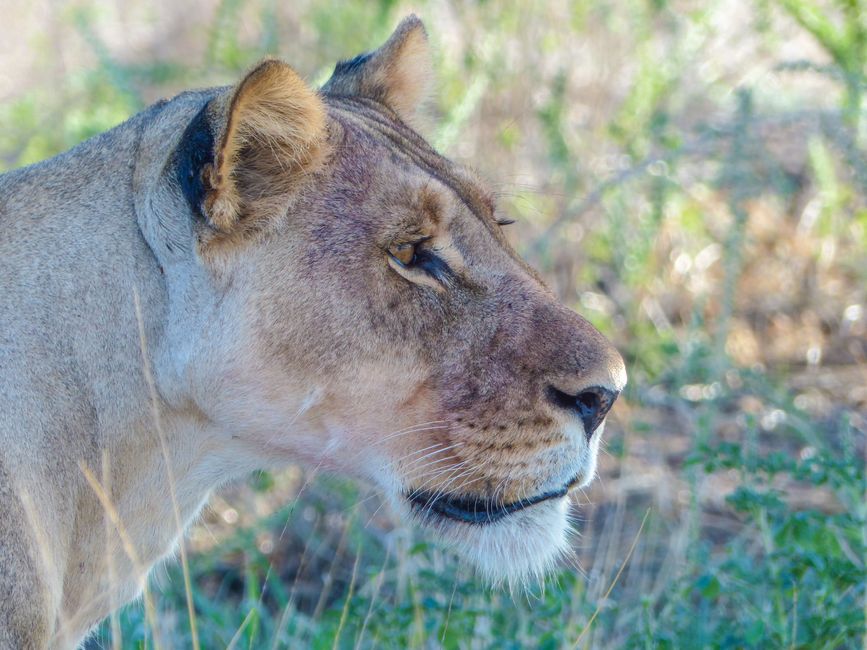
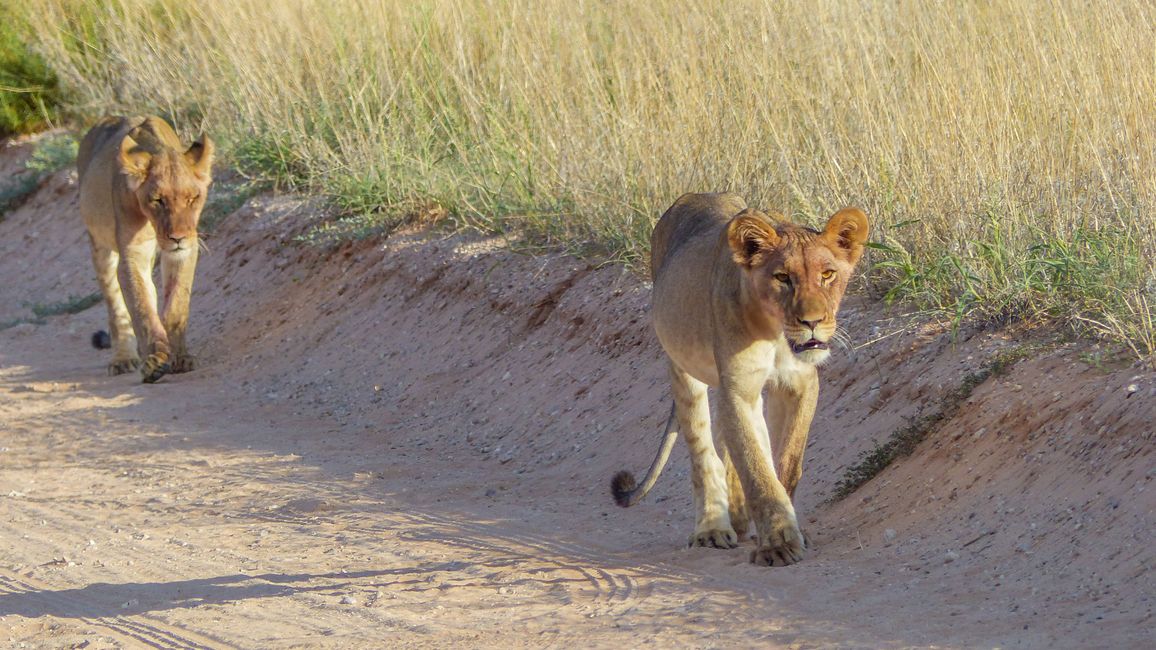
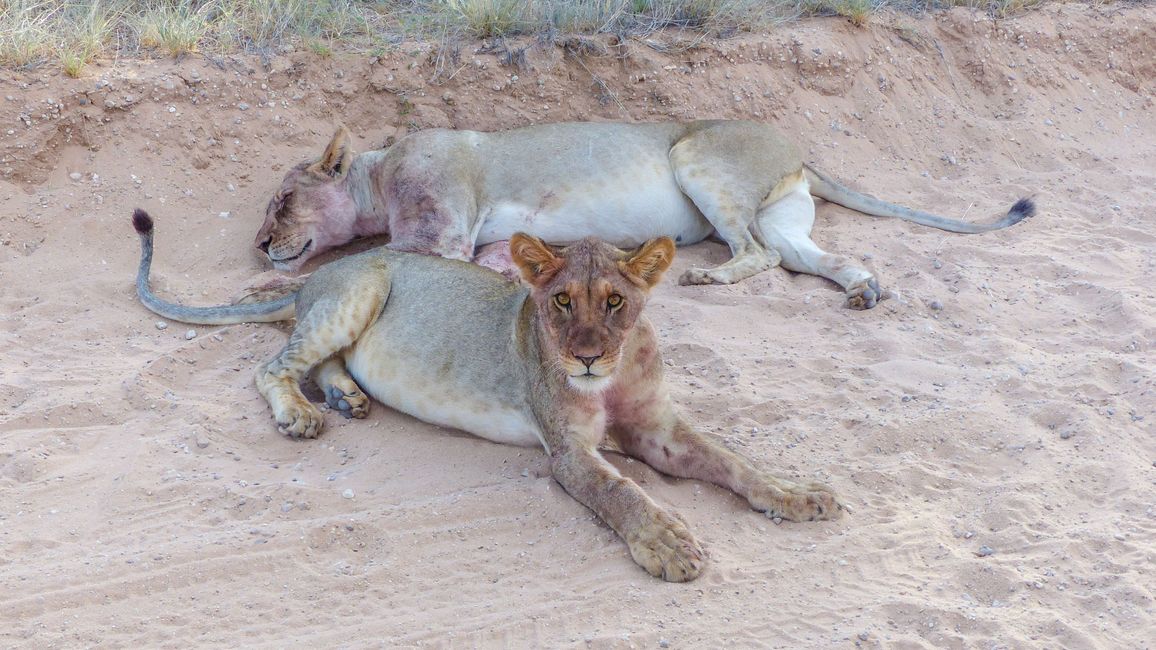
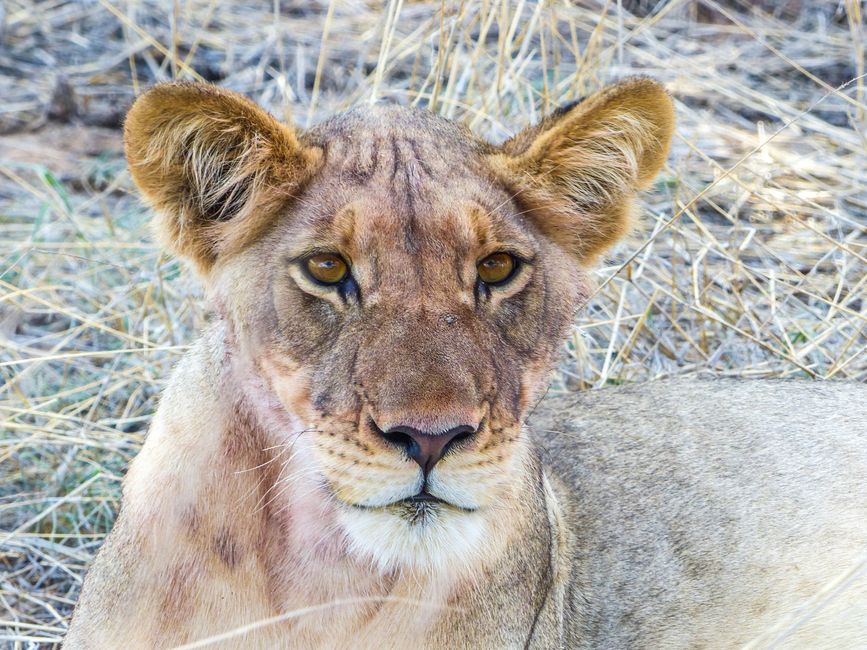
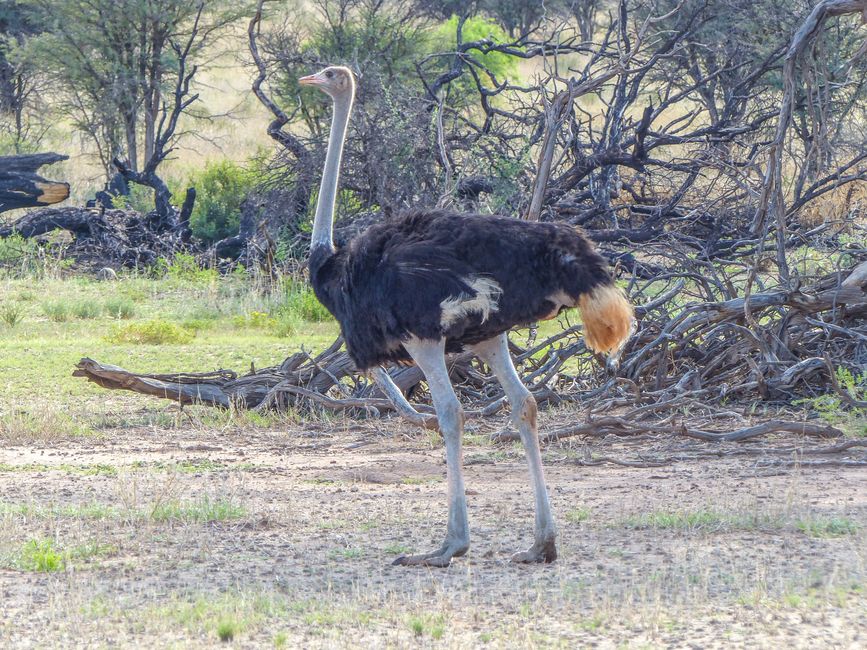
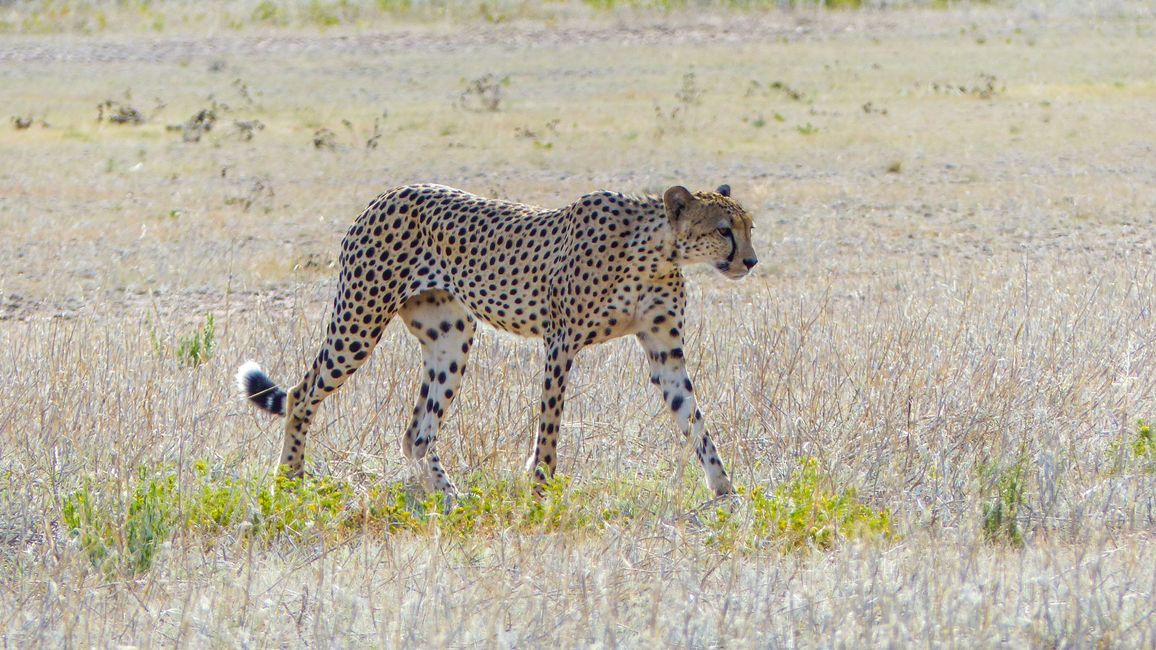
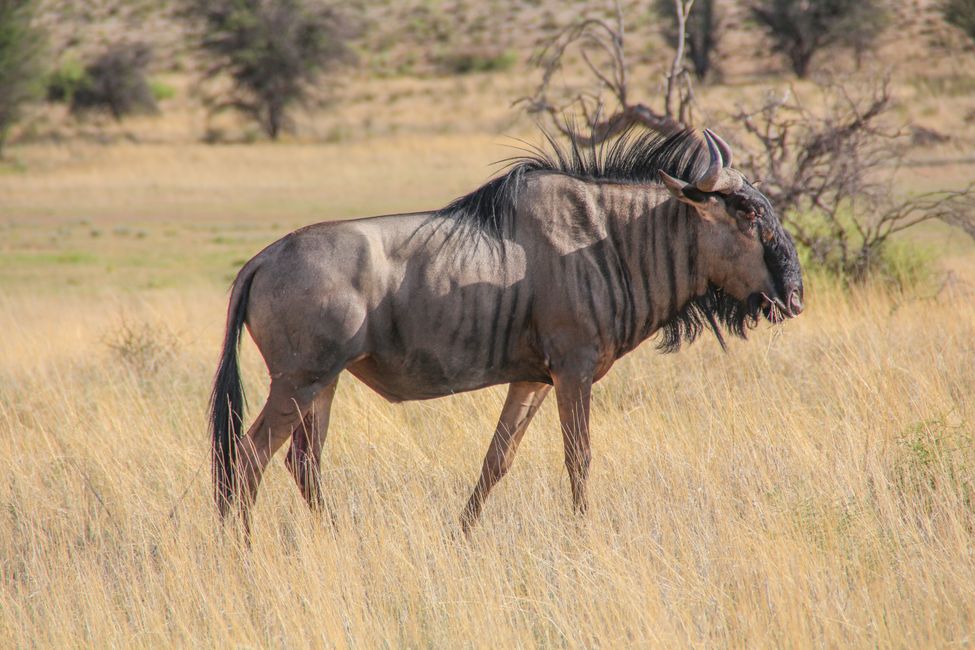
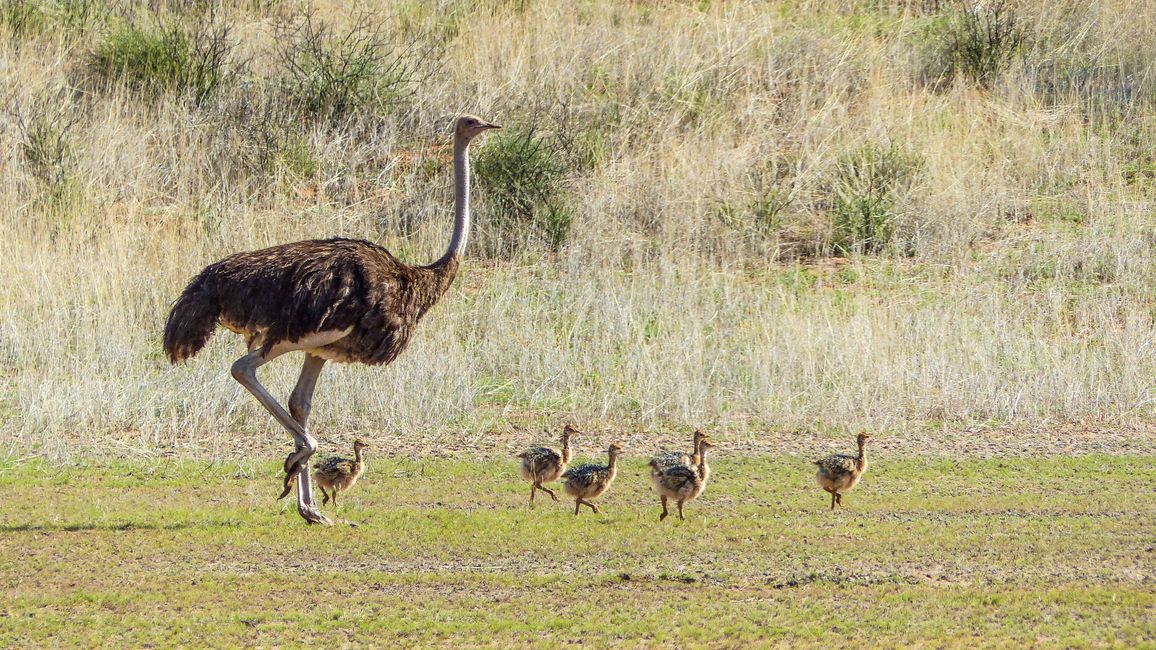
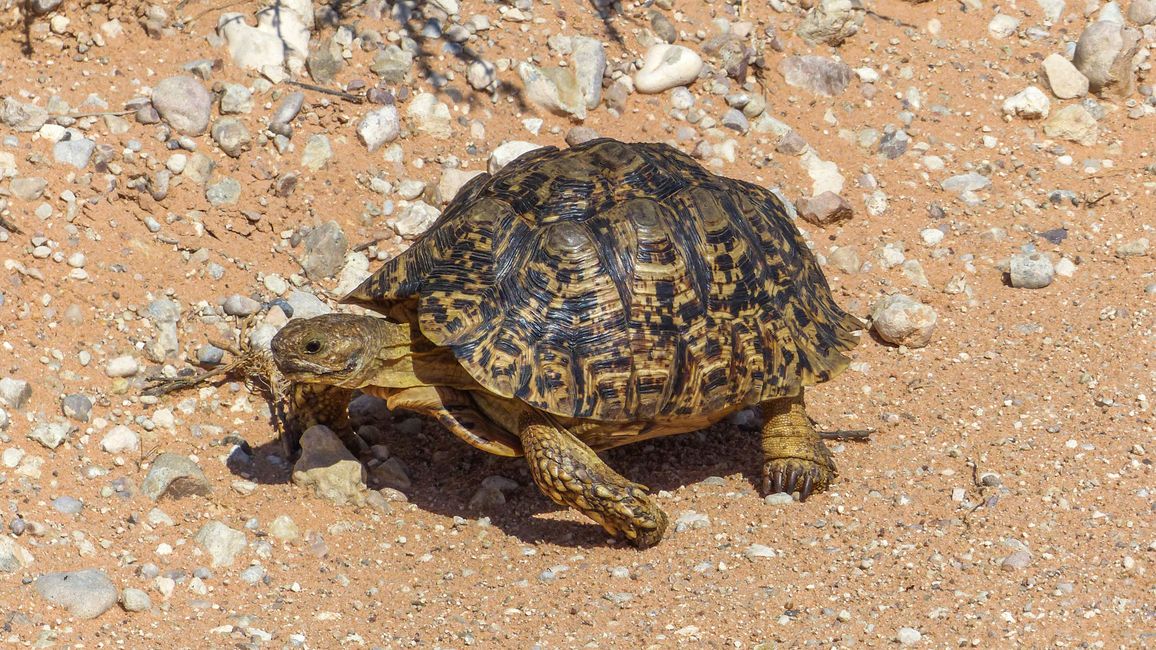
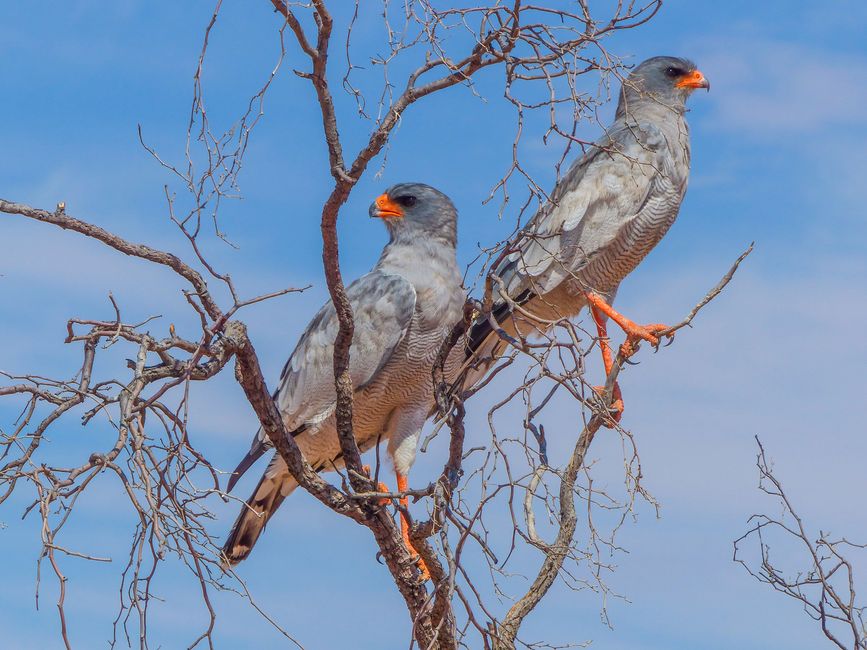
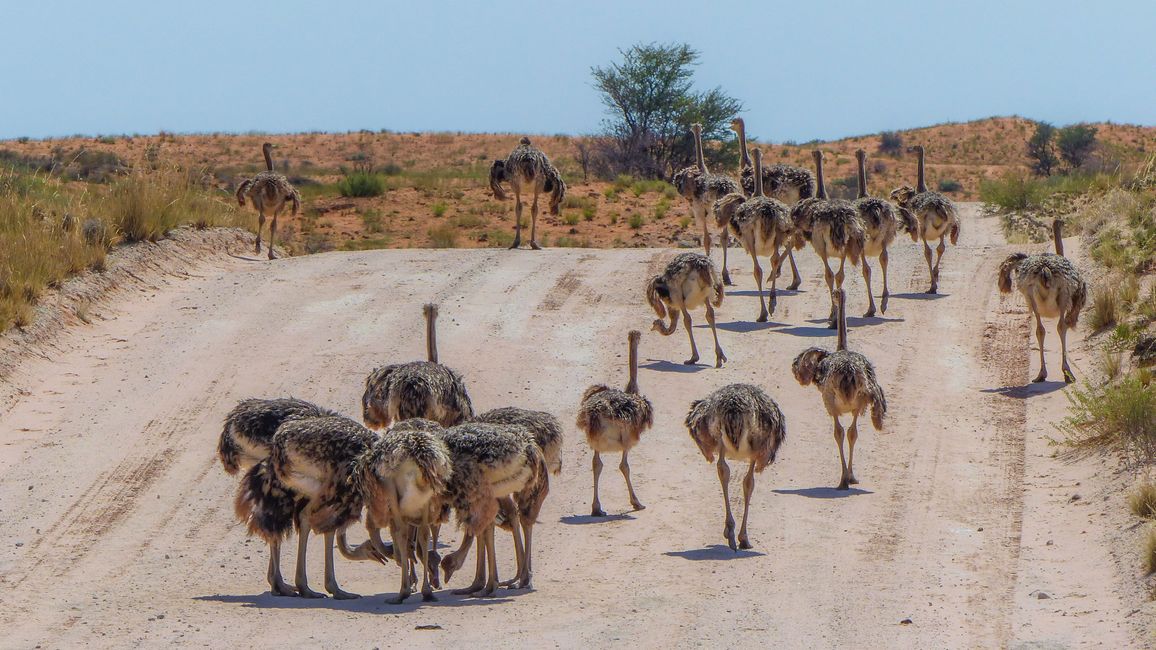
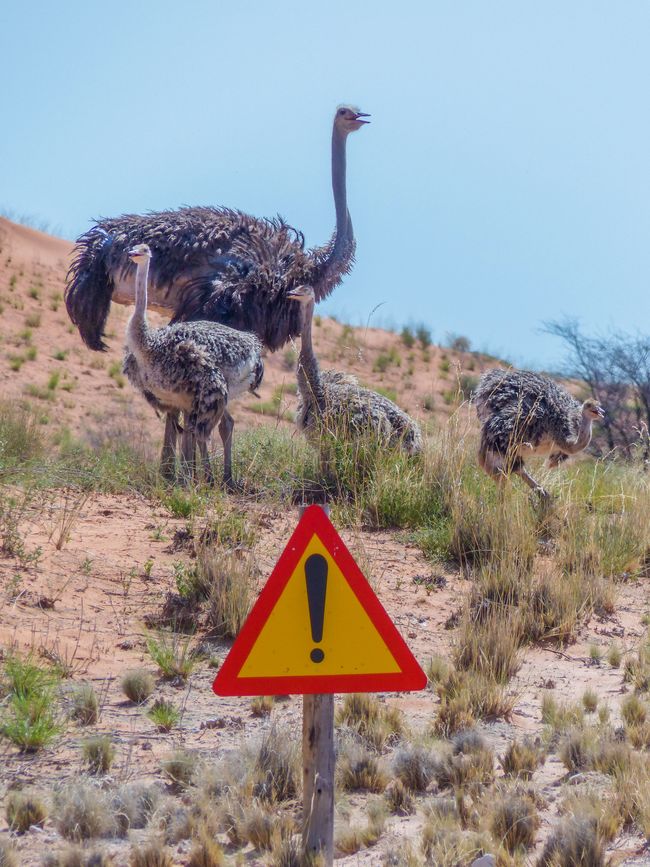
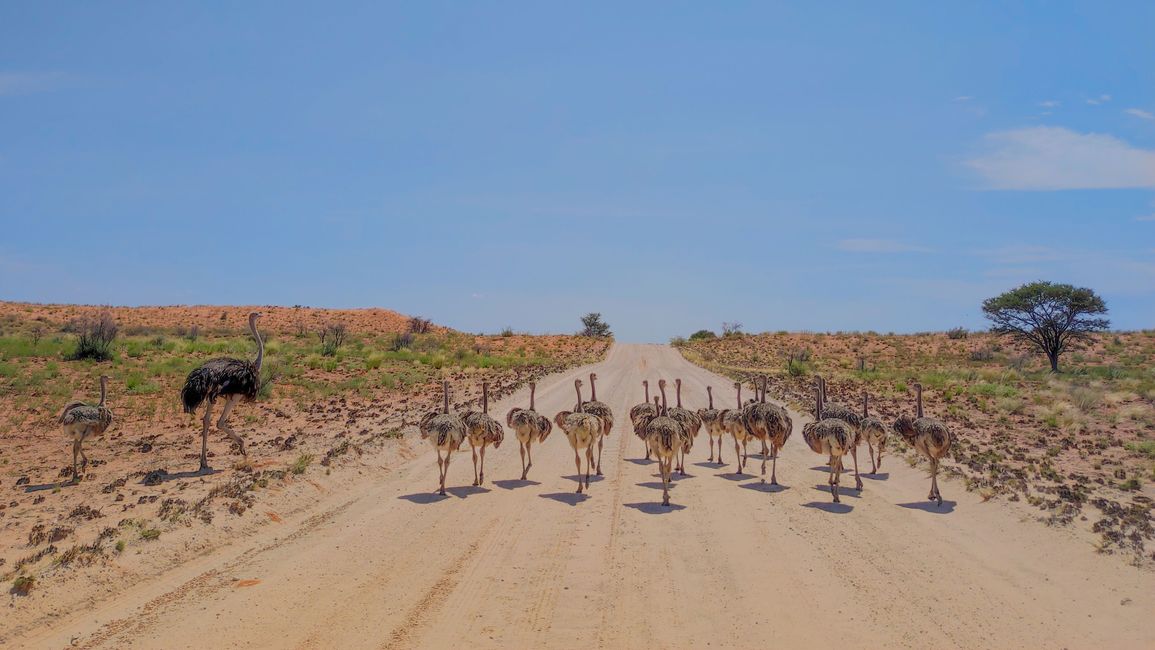
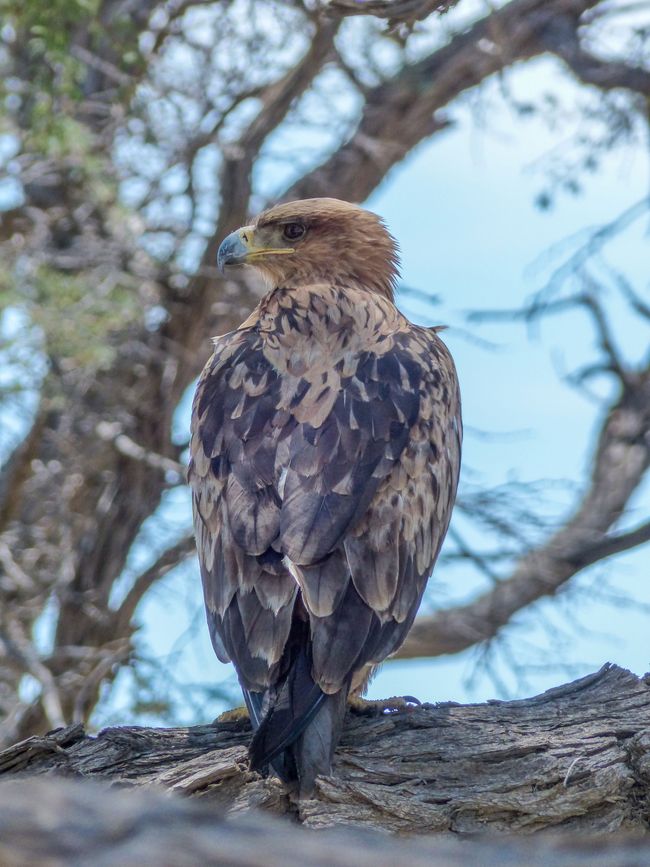
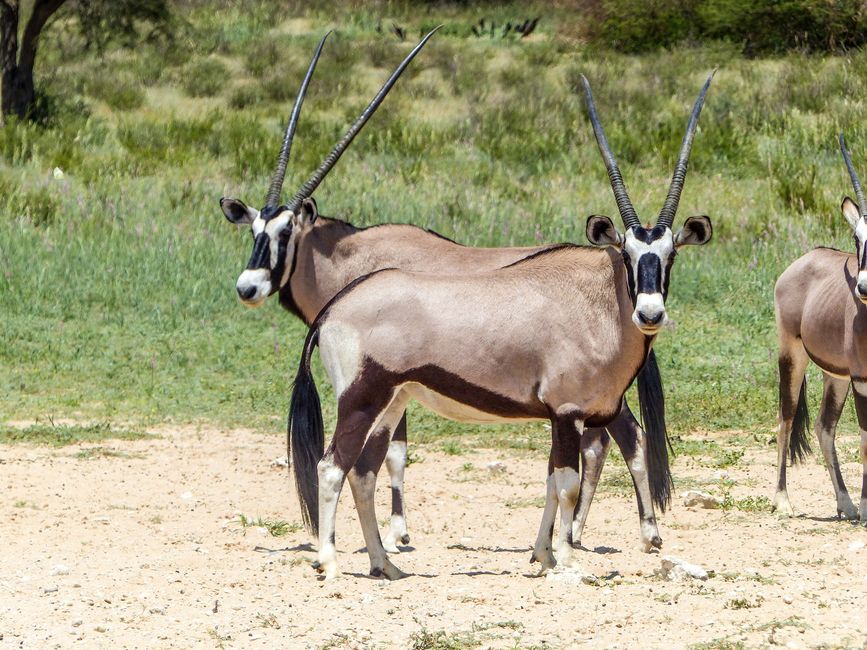
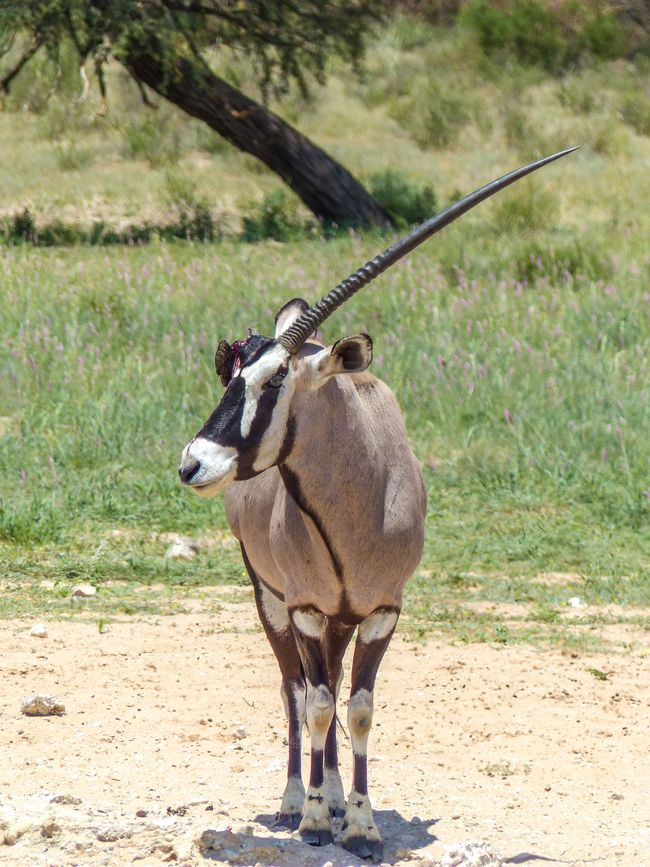
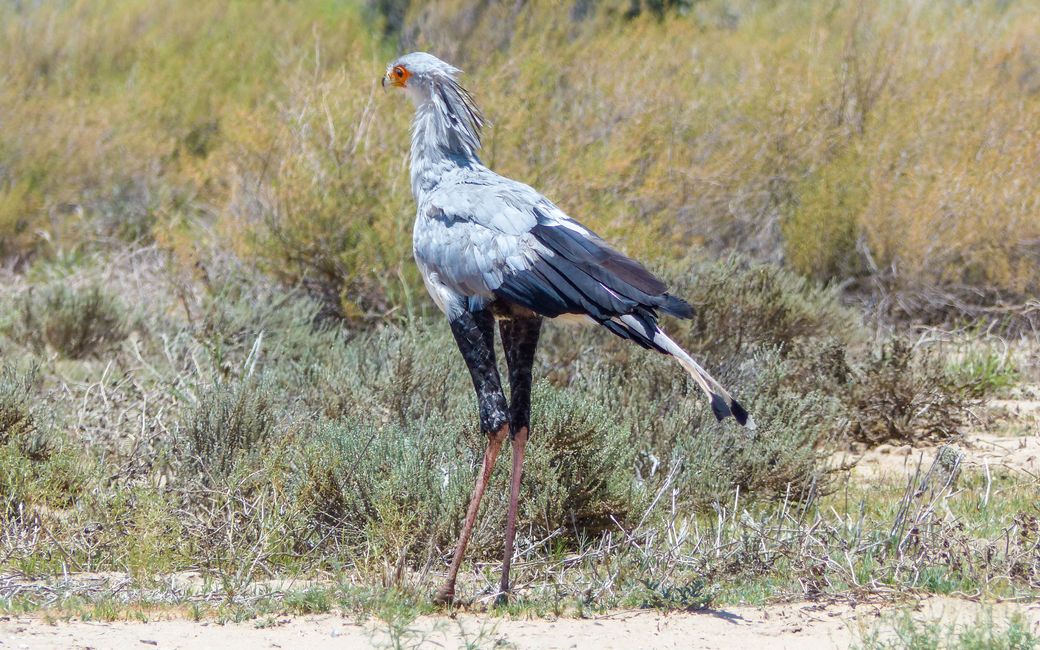
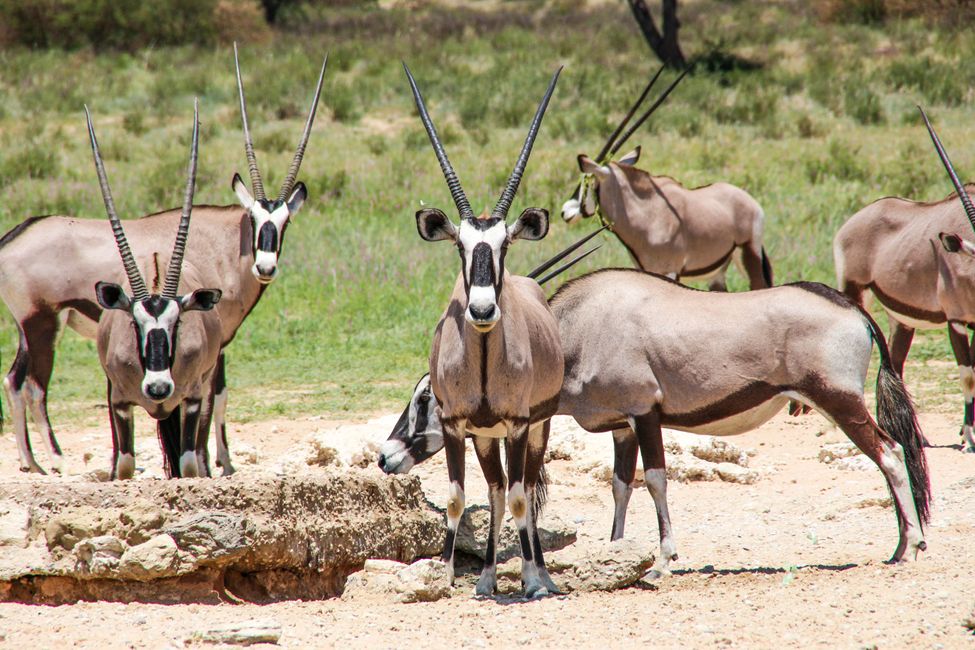
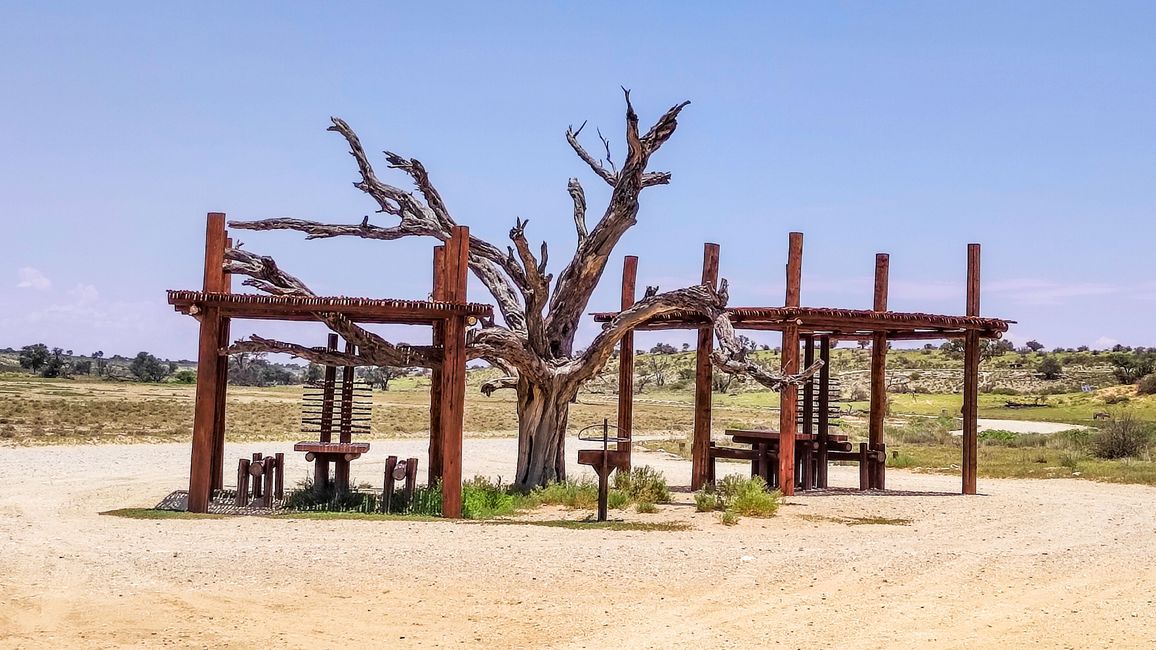
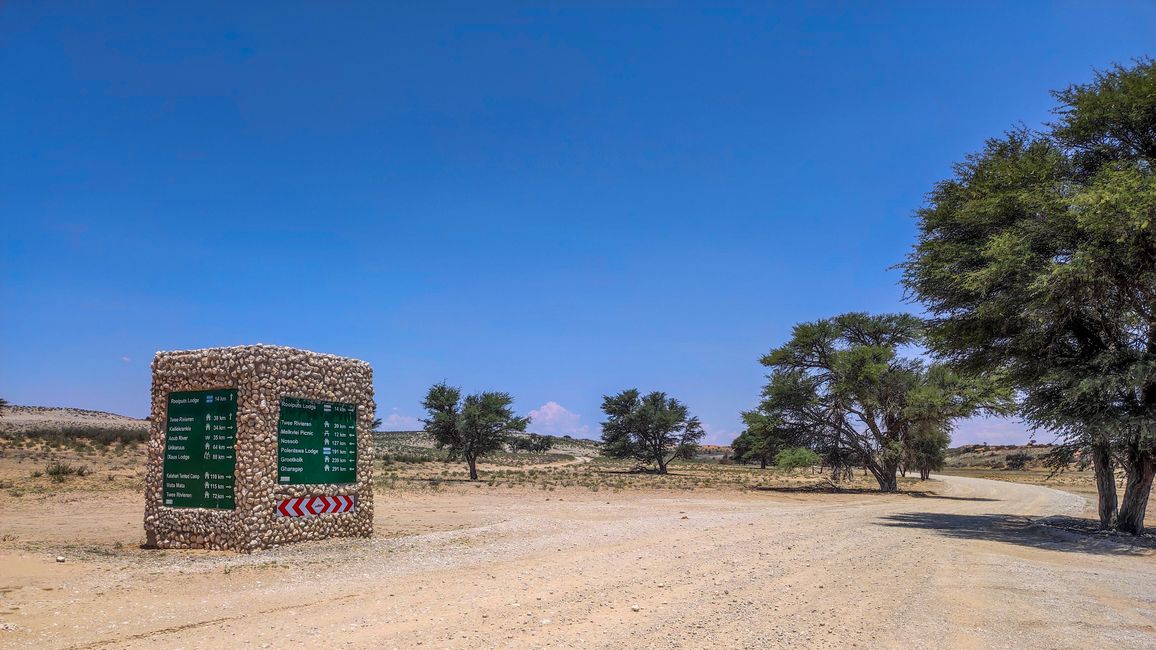
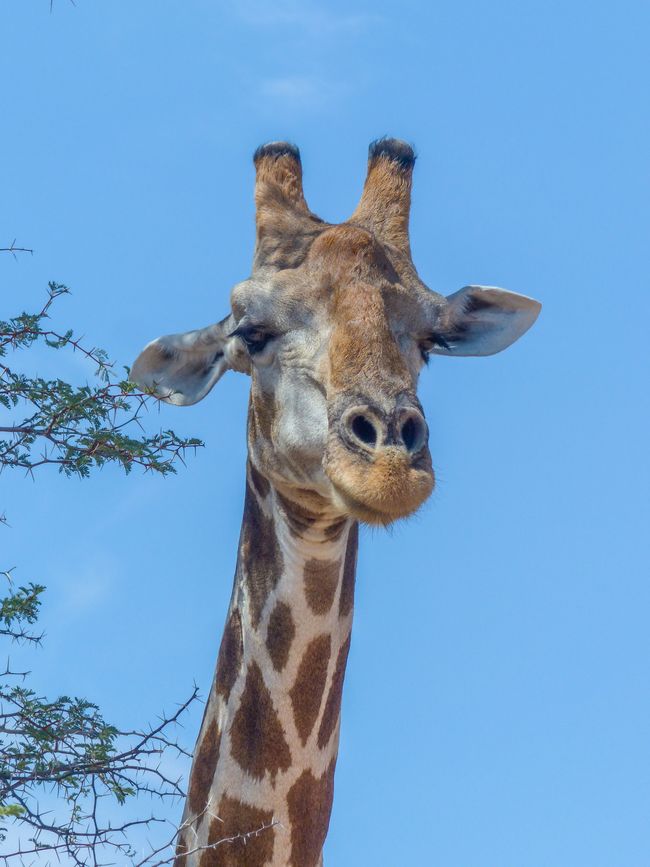
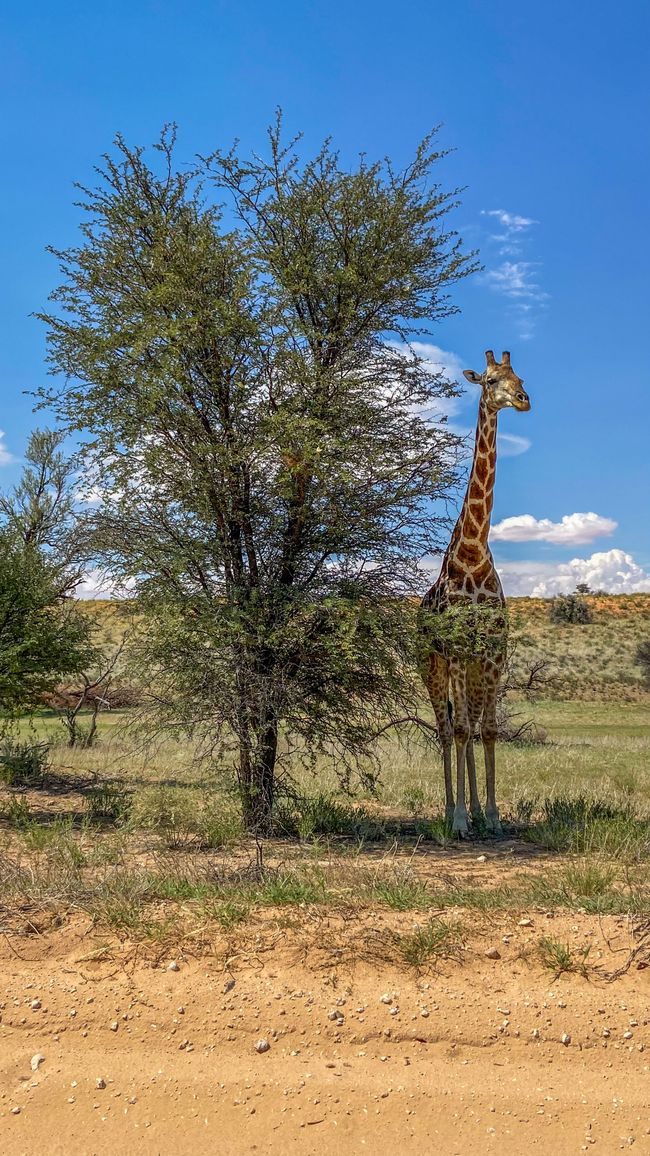
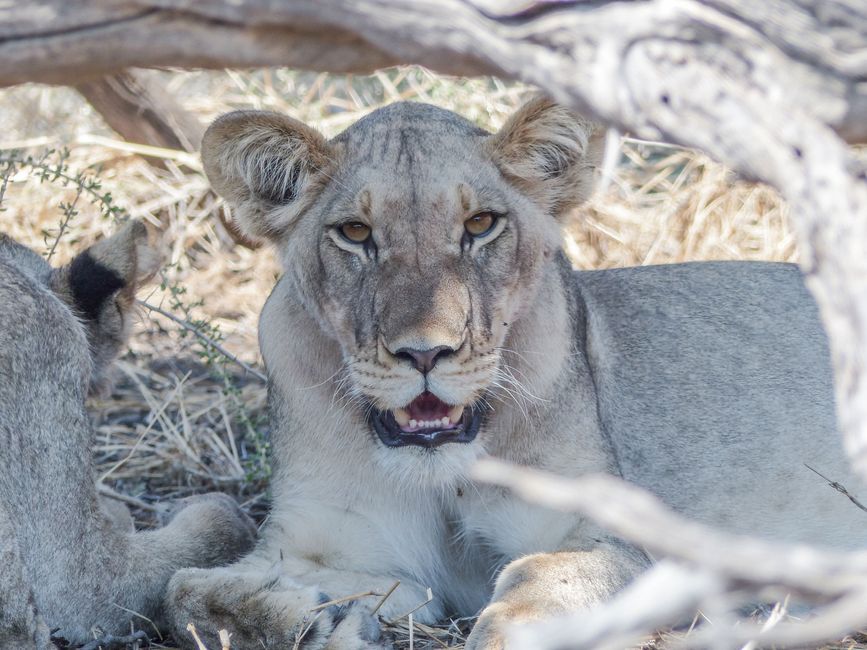
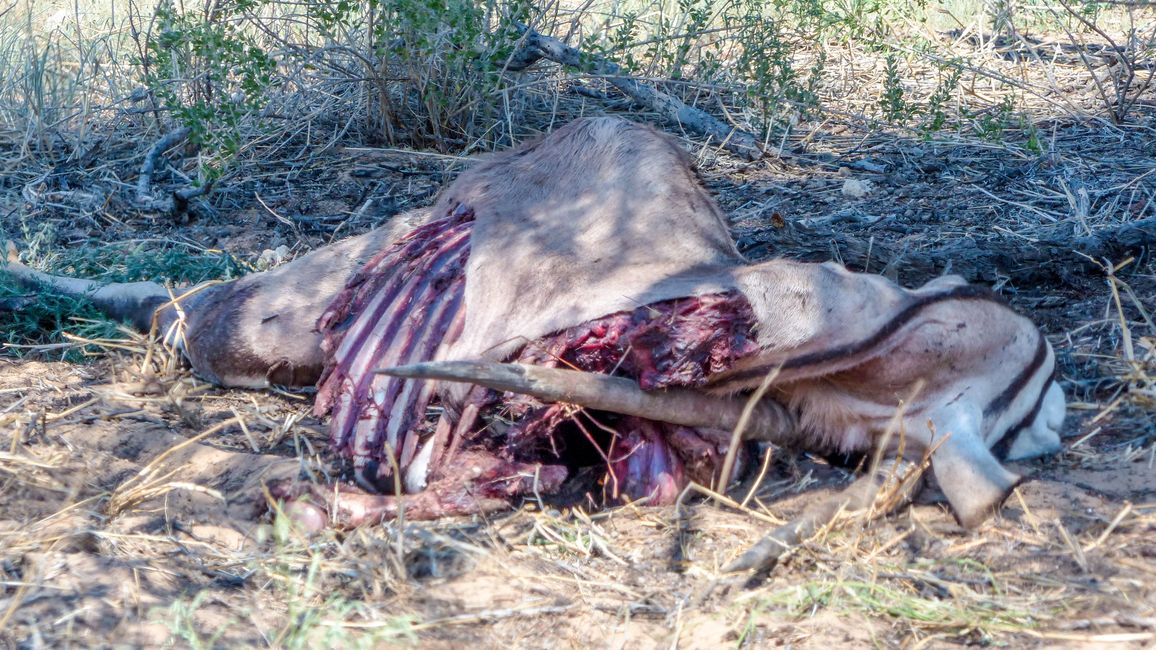
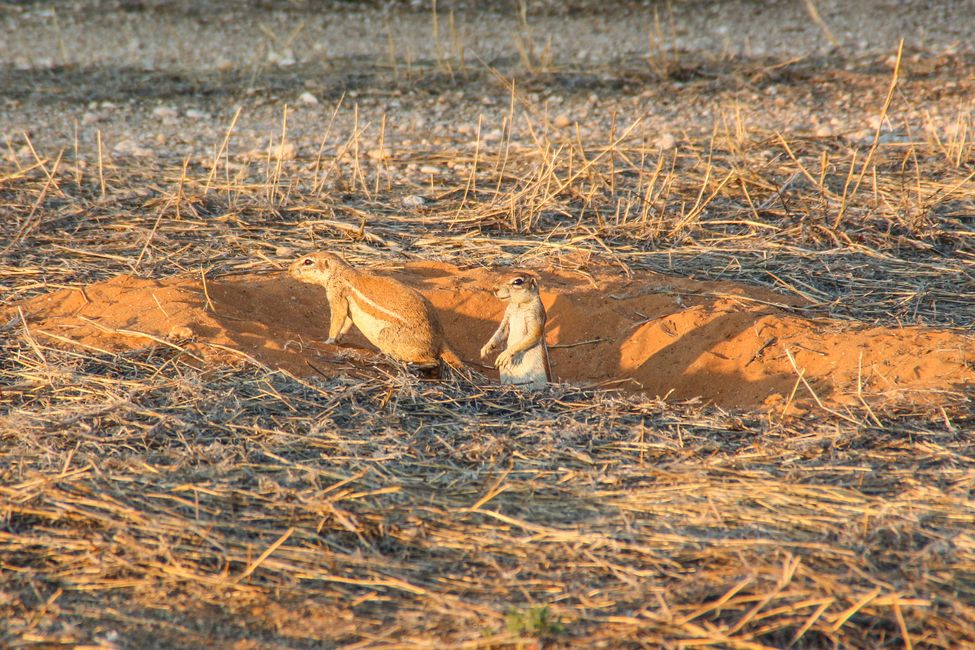
Pretplatite se na Newsletter
Day 24, 20.01.23, Mata Mata
Another day in the national park starts very early: a morning game drive should start at sunrise, as the first two to three hours of the early day are best suited for animal observation.
Again, we encounter giraffes, klipspringers, and oryx within a short period of time. We drive to the spot where we met the lioness yesterday. However, as expected, she and her prey are no longer there.
A bit later, at a waterhole, we come across a whole lion pride. The king of the animals is lying under a tree next to an almost completely eaten oryx kill. Five more lionesses are scattered nearby. And while they rest so calmly and enjoyably, here are some astonishing facts about lions:
The lion is the most vocal big cat. The bone-chilling roar of the second-largest cat after the tiger can be heard from eight kilometers away due to its specially developed larynx.
Lions are the most social of the big cat species. Unlike the other four big cat species, tigers, leopards, jaguars, and snow leopards, they live in prides of up to 40 animals. A pride consists mostly of females and cubs, protected by a few males.
Lions are excellent sprinters. They can reach a top speed of 60-80 km/h over short distances. But only about one in five hunts is successful. The element of surprise plays a significant role. Because most prey animals, such as zebras or gazelles, are even faster, especially over long distances.
Adult lions devour up to 30 kilograms of meat per meal. That's the weight of a small goat. Usually, they make do with about seven kilograms - equivalent to 30 steaks.
Lions sleep up to 20 hours a day. They can afford to do so. As carnivores, they consume many calories per meal. In addition, adult lions have no natural enemies - except themselves.
The lion is its own greatest natural enemy. Half of the cubs do not live to be two years old. Male lions kill foreign lion cubs to mate with their mothers. Old male lions are often killed or driven away by younger competitors.
The mane of male lions is an indicator of their age and health. The darker the mane, the older and healthier its wearer. Lions in the wild usually live no more than 10 years, while those in captivity can live to be over 30 years old.
But back to our lion pride. Two lionesses now make their way to our car and lie down right next to Cindy's side. We watch them in awe through the open window, and they don't seem to be the least bit interested. It's a fascinating spectacle that unfolds before us. The other lionesses in the grass also seem so full from eating that they just want to sleep.
The tranquility is only interrupted by an eager jackal, skulking restlessly at a safe distance, hoping to get a small share of the kill. Obviously annoyed by the mosquitoes of sleep, Mr. Lion finally has enough of the troublemaker and shows him unequivocally where he stands in the food chain. He doesn't need to be told twice and makes his way.
Just like us after an hour. Today, we decide to take the long route, about 300 kilometers in total. And as it goes with wildlife observation in the wild, we spend hours seeing nothing. Then suddenly, more cheetahs appear, crossing our path in a solemn manner. Turtles (here the leopard tortoise) that you have to be cautious not to run over. Herds of wildebeests, searching for the next waterhole. Various birds of prey, keeping watch for food on trees and in the air. Giraffes, protectively nibbling at the treetops around their young ones.
And out of nowhere, young ostriches block our way. They seem to have found something in the middle of the road and peck at it competitively. Even as we approach, nothing happens. The flock only starts moving slowly and is eventually led off the road by Mama Ostrich. Magnificent!
Especially at noon, it gets "emptier" again. Sensibly, the animals seek shelter in the shade during the scorching heat and are difficult to spot. Unlike trained rangers, self-driving visitors must stay on the roads and are not allowed to drive off-road in the national parks. Therefore, the likelihood of finding the animals exactly there is often low. But we have been very lucky so far and have been able to observe a lot.
On the side of the Nossop, the second dried-up riverbed, we briefly drive through Botswana, allowing Cindy to add another visited country to her list.
On the way back, we visit the lions again, who are still at the same spot. They will most likely move on during the night.
After a total of 10 hours of driving, we arrive at our camp, and after a short nap, we decide not to visit the wilderness any further and start the braai right away.
And once again, an eventful day comes to an end with a beautiful sunset. But not before the jackal from yesterday wishes us good night again.
Pretplatite se na Newsletter
Odgovor
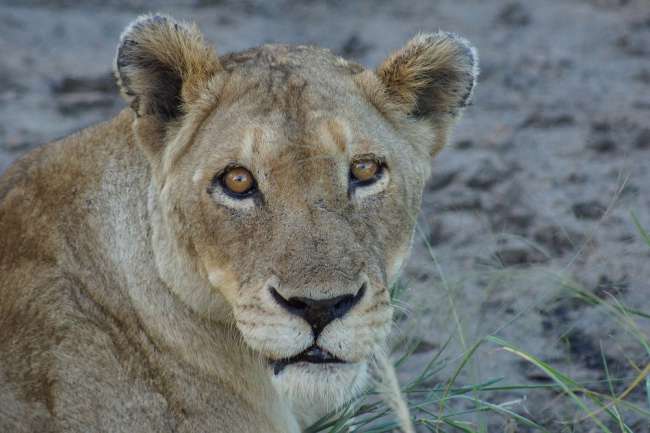
Izvješća o putovanju Južna Afrika

